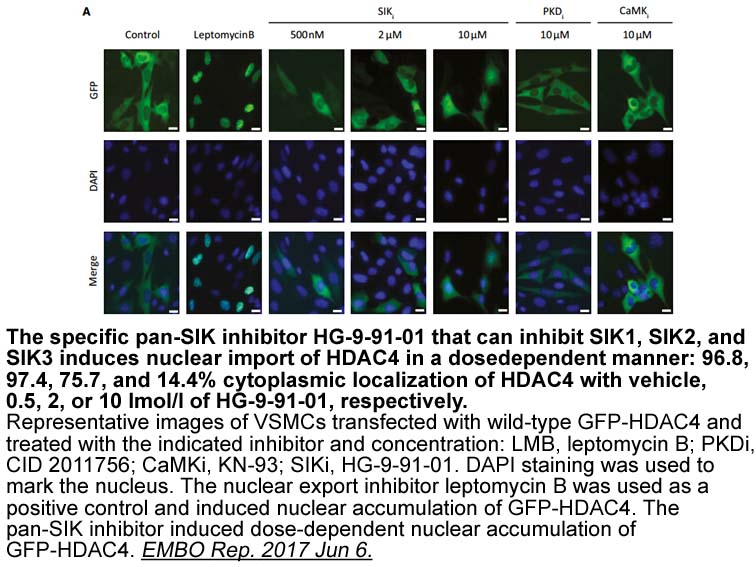Archives
br Methods br Results br
Methods
Results
Discussion
Conclusions
Conflict of interest
Acknowledgments
We thank Mr. John Martin for his linguistic assistance, and Mr. Jiro Suto for technical assistance in developing the QRS-T subtraction program. This study was supported by the Fukuda Foundation for Medical Technology (Y.M.) and Grants-in-Aid for Scientific Research (#22790735, M.H.).
Introduction
Atrial fibrillation (AF) is the most common supraventricular tachyarrhythmia seen in patients with acute myocardial infarction (AMI). It has been reported that AF occurs in 5–23% of patients with AMI [1–4]. AF is triggered by many different conditions, including left ventricular dysfunction with hemodynamic impairment [5,6], atrial ischemia or infarction [7], pericarditis, chronic lung disease, acute hypoxia, or electrolyte abnormalities [8,9]. AF occurring during the acute phase of AMI may adversely affect the left ventricular function and exacerbate ongoing myocardial ischemia. The bidirectional interaction between AF and myocardial dysfunction or ischemia may lead to a vicious circle in a patient with AF complicating AMI. Some studies have shown an association between increased in-hospital and long-term mortalities and AF [1,10–13], although others have found no independent effect [2,3,14–17]. Most studies on AF complicated with AMI were performed in the prethrombolytic or thrombolytic era. Current treatments for AMI include not only aspirin, β-blockers, and thrombolytic therapy, but also angiotensin-converting enzyme inhibitors (ACE-I), angiotensin II BKM 120 blockers (ARB), statin, and percutaneous coronary interv ention (PCI) [18]. PCI has been shown to be a more effective treatment strategy in patients with AMI than thrombolytic therapy [19,20], and use of primary PCI has dramatically increased [21]. However, little is known about the in-hospital and long-term mortalities in patients with AMI and AF in the PCI era. We examined the impact of AF on in-hospital and long-term mortalities in patients with AMI.
ention (PCI) [18]. PCI has been shown to be a more effective treatment strategy in patients with AMI than thrombolytic therapy [19,20], and use of primary PCI has dramatically increased [21]. However, little is known about the in-hospital and long-term mortalities in patients with AMI and AF in the PCI era. We examined the impact of AF on in-hospital and long-term mortalities in patients with AMI.
Methods
Results
Discussion
Conflict of interest
Acknowledgments
Introduction
Over the past 10 years, pulmonary vein isolation (PVI) has been used as an effective therapy for atrial fibrillation (AF) [1]. Nevertheless, the progression of atrial electrical and structural remodeling requires additional aggressive ablation strategies, i.e., a complex fractionated atrial electrogram (CFAE) ablation and/or atrial linear ablation. Despite such treatments, the post-ablation AF recurrence rate is higher in patients treated aggressively for atrial remodeling than in patients with less extensive remodeling of the atria treated with PVI alone [2,3]. Determining the extent of structural and electrical atrial remodeling before ablation is relevant for selecting AF ablation strategies. Structural and electrical atrial remodeling are estimated by the left atrial (LA) size, volume (LAV), a shortened atrial refractory period, or a prolonged total atrial conduction time (TACT) [3–7]. Recently, the time interval in the electrocardiogram (ECG) lead II from onset of the P wave to the lateral mitral annulus a′ velocity wave, as assessed with tissue Doppler imaging (PA-TDI interval), has been shown to represent the electromechanical interval reflecting the TACT [6,8–10]. Therefore, we investigated whether this echocardiographic variable could be used to identify patients prone to AF recurrence following catheter ablation.
There is increasing evidence that the maintenance of sinus rhythm following AF ablation results in reversed structural and electrical remodeling of the atria during follow-up [4,11–15]. This study aimed to elucidate the short- and long-term effects of AF ablation on atrial and left ventricular function and the atrial electromechanical interval as assessed with standard and tissue Doppler-based echocardiography. Additionally, we sought to analyze the time course of the changes in these variables during the short- and mid-term follow-up periods after AF ablation.